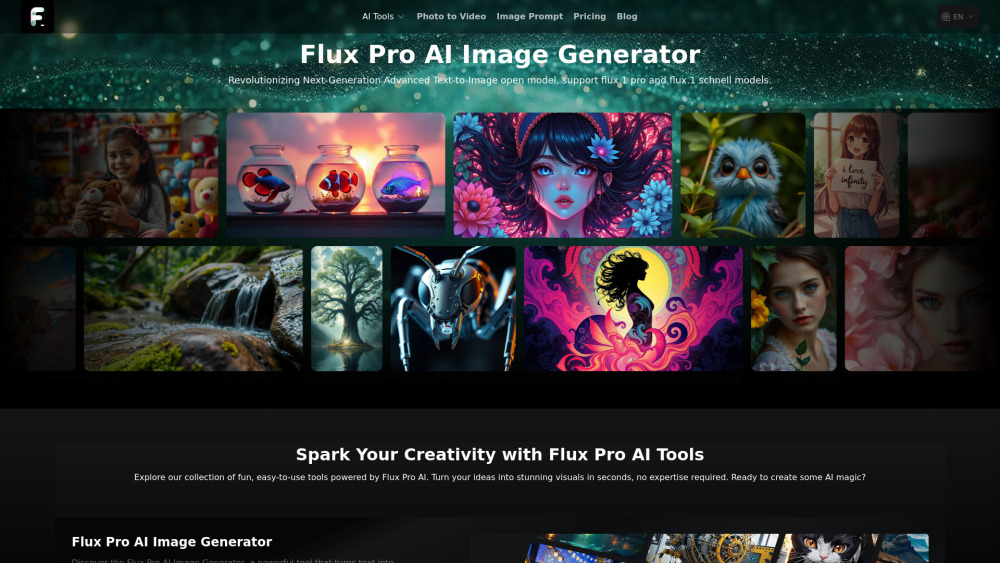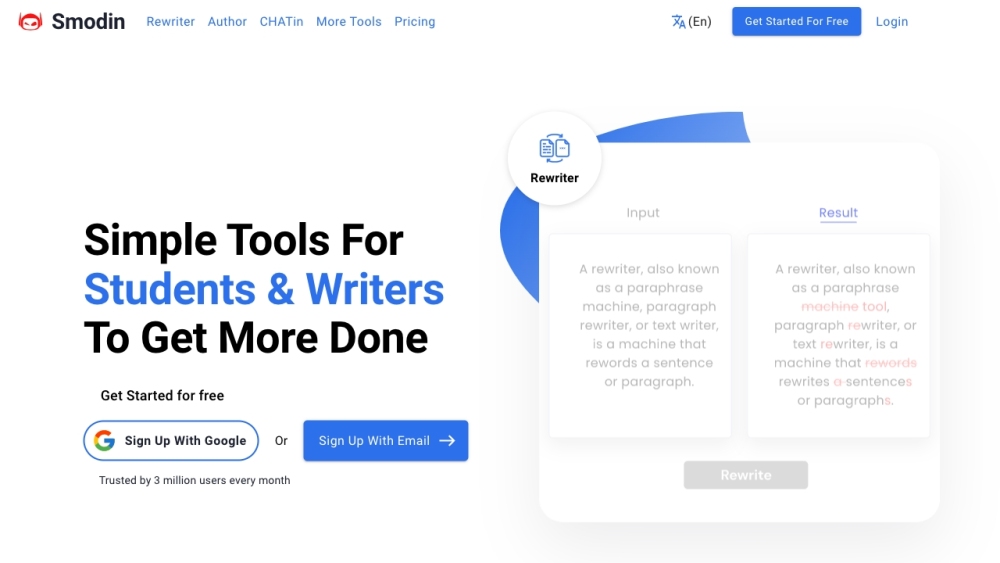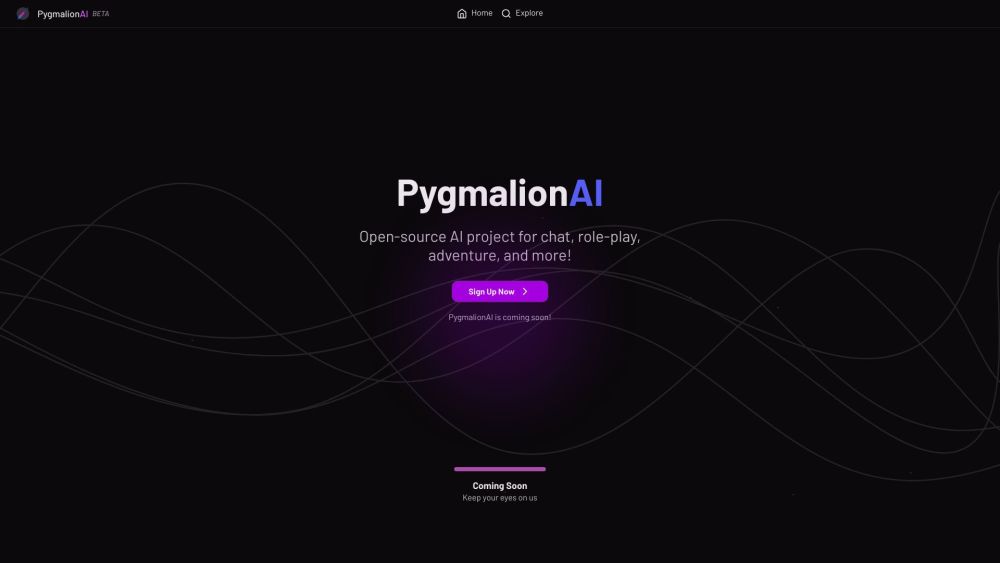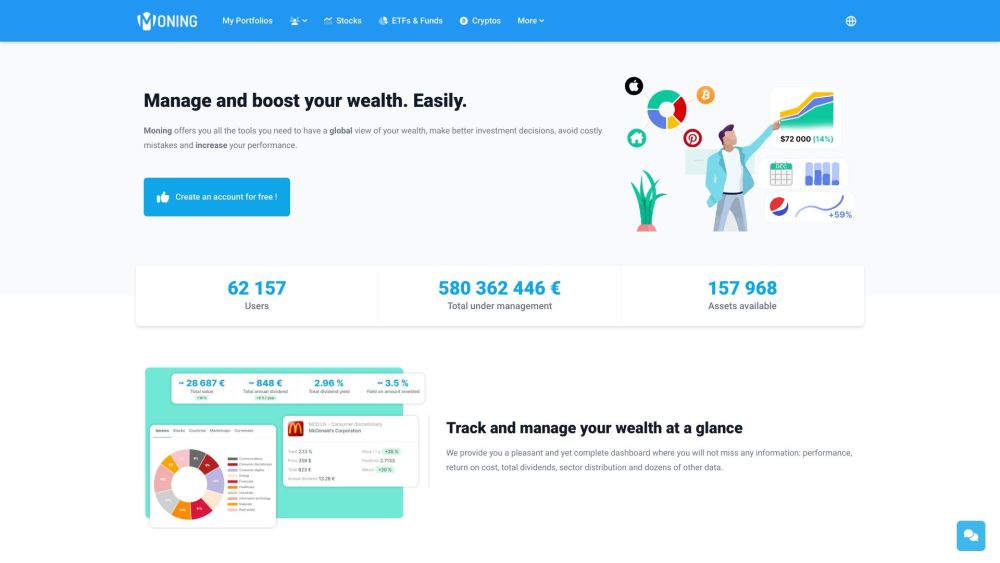Since the emergence of generative AI in 2023, its adoption has rapidly expanded from personal use to the workplace. According to Microsoft’s 2024 Work Trend Index Annual Report, 75% of knowledge workers are now utilizing AI at work, with usage having doubled in just six months. Notably, 78% of this usage is attributed to employees bringing their own AI tools, known as BYOAI.
“The challenge — or opportunity — for organizations and leaders is to harness individual enthusiasm and experimentation to create business value,” said Colette Stallbaumer, Co-founder of WorkLab and General Manager of Copilot at Microsoft, during a discussion with VB CEO Matt Marshall at VB Transform.
Stallbaumer highlighted the importance of integrating AI across all levels of an organization, from the CEO to business leaders in every function. Successfully addressing business challenges with AI requires embracing experimentation, identifying AI champions, and leveraging employee enthusiasm. Following the launch of Microsoft Copilot, Microsoft has focused on maintaining an ongoing feedback loop with customers, continuously enhancing the product based on user insights.
Enhancing Copilot’s Capabilities
Customer feedback has driven the expansion of features in Copilot and Copilot Lab, including workplace-specific prompts, function-tailored suggestions, and the ability to share and reuse prompts. Additionally, Microsoft has improved prompt-writing assistance with auto-complete and rewrite features, allowing users to schedule prompts at specific times daily.
“When we introduced Copilot, we claimed it was the most powerful productivity tool on the planet, requiring only your own words,” stated Stallbaumer. “However, we’ve realized that changing behavior is one of the biggest challenges. With Copilot and generative AI tools, we’re asking people to form new habits while breaking old ones.”
Measuring the Impact of Generative AI
Quantifying enthusiasm, productivity, and employee satisfaction poses difficulties across various industries. Over the past year, Microsoft has adjusted its metrics approach since introducing Copilot. Initially focused on measuring time savings in common knowledge work tasks—such as email, writing, meetings, and information retrieval—Microsoft discovered that generative AI saves knowledge workers between 20% and 40% of their time. However, customers expressed a desire for these tools to fundamentally reshape business operations, emphasizing metrics centered on real business value.
“In 2024, we’re pivoting towards that objective by identifying the specific business problems that AI can effectively resolve,” Stallbaumer said. “We are methodically examining all functions—sales, finance, HR, marketing—analyzing hundreds of processes, and determining relevant KPIs where AI can make a significant impact.”
For instance, in one of the world’s largest customer service organizations, integrating Copilot into specific areas of an agent’s workflow led to a 12% faster case resolution, resulting in increased customer satisfaction and a 13% reduction in required peer support. Similarly, the finance team has found that tasks that previously took hours can now be completed in about 10 minutes thanks to Copilot.
“It’s about deconstructing knowledge work. Every job consists of a series of tasks, and helping people distinguish between human-powered and AI-powered tasks empowers them to delegate effectively,” Stallbaumer noted.
The Future of Work: AI Integration
Stallbaumer envisions a fundamental shift in knowledge work, stating, “We anticipate that how people spend their time will evolve. Workers will transition from being doers to supervisors of their own work and AI-generated outputs—essentially setting tasks to be completed autonomously yet still engaging with AI for further instructions as needed.”
For a salesperson, this could mean automation of backend data entry, allowing them to concentrate on building customer relationships. For finance professionals, the focus would shift from routine tasks like account reconciliation to strategically driving business growth.
To realize this future, prioritizing training is essential for changing longstanding pre-AI habits. However, research shows that only 39% of AI users have received training, and just 25% of organizations plan to offer training in the coming year.
“Our message to customers emphasizes that training is crucial for fostering increased usage,” Stallbaumer added.
Transforming Skeptics into Power Users
As a leading example of effective AI integration, Microsoft is currently conducting an internal experiment to determine the best training methods, whether through managerial nudges or peer support. The Work Trend Index Annual Report indicates a spectrum of users, from skeptics to power users, which aligns with Microsoft's internal experiences.
The report found that power users who embrace experimentation tend to persevere even when faced with setbacks. Remarkably, 90% of power users report that AI enhances their productivity, increases job satisfaction, and aids in workload management. Moreover, these users are 39% more likely to hear from their managers about AI's potential to transform their roles.
Reflecting on this journey, Stallbaumer quoted William Gibson: "The future’s already here, it’s just not evenly distributed." She emphasized that within Microsoft, certain functions are already leveraging AI to achieve significant transformations, signaling the promising journey ahead.





